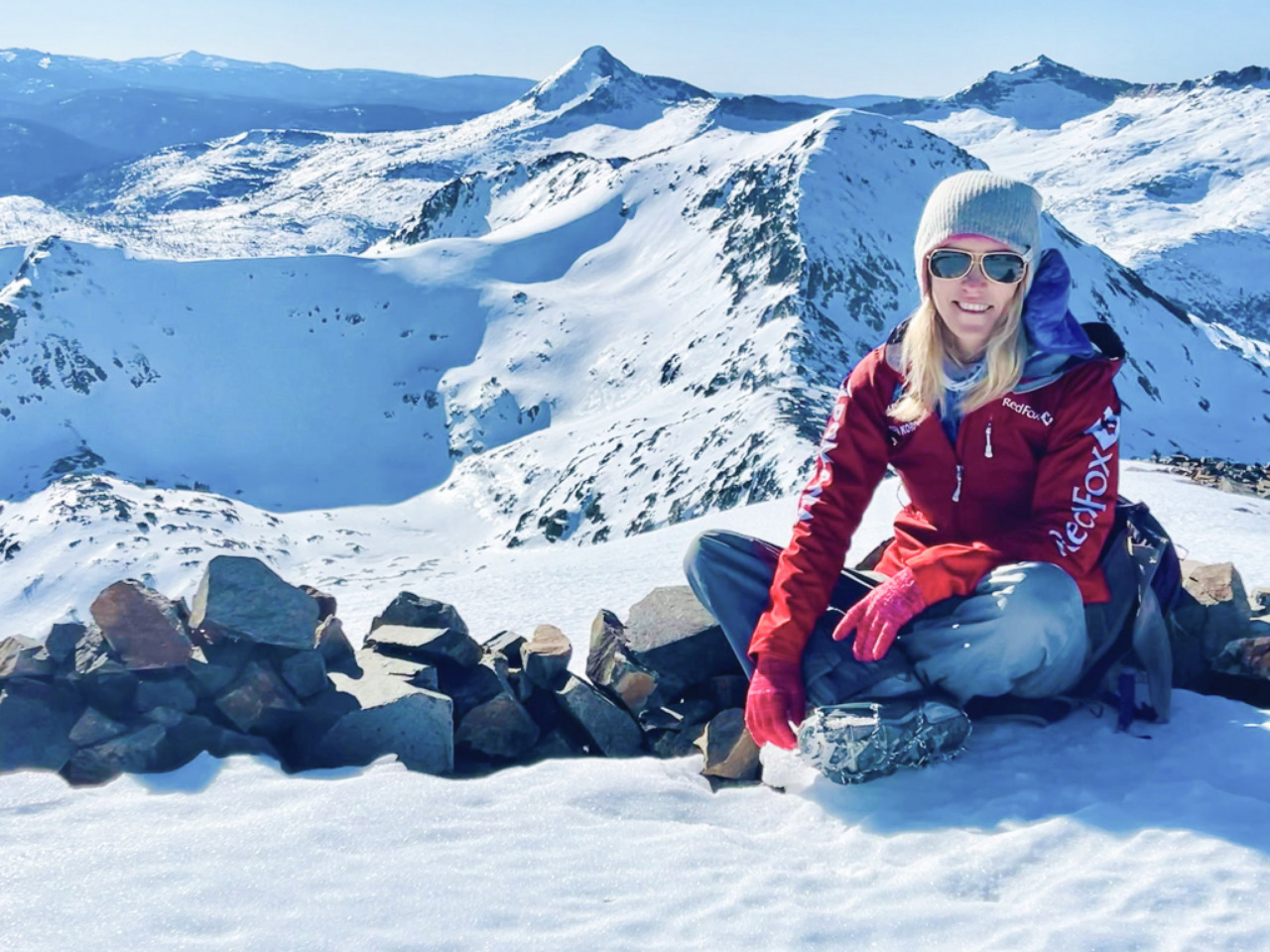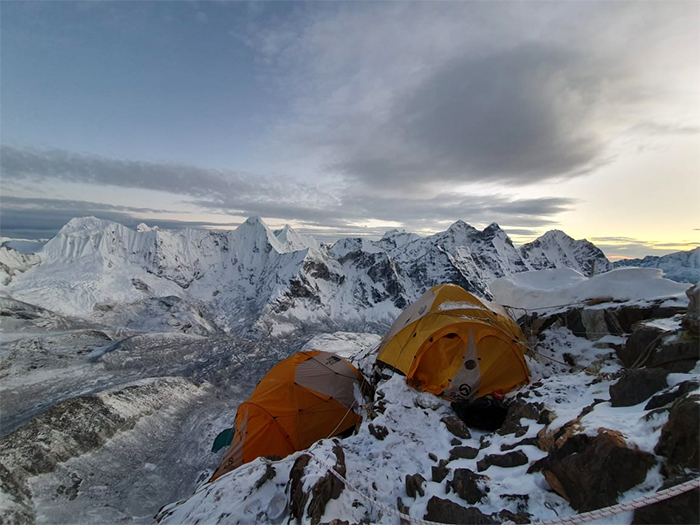Guest Post by Olga Koroleva | How to Achieve Peak Performance

This guest blog post is by WWSG exclusive thought leader, Olga Koroleva.
My next expedition is in June to Mt. Logan (19,551 ft), the second-highest mountain in North America.
It is also the coldest mountain on the planet, with an average temperature of -17°F in the summer (and up to -49°F in winter) at the Base Camp altitude. But as my dad says, “Stop complaining, your sleeping bag is rated -40°F.”
The mountain is climbed via ski touring while carrying packs weighing up to 70 lbs. For training, I now climb ~1,000 ft daily with a 40 lbs vest, and that is no easy task. I can’t wait to see myself carrying 62% of my own weight, at altitude, on skis.
Adding to the challenge is a relatively low average summit success rate of 50%, primarily due to unstable weather conditions.
This expedition promises to be quite interesting.
My Mt. Logan expedition got me thinking about the feeling of unease we experience when the challenge level outweighs our perceived skill level.
In those conditions, we lose the peace of mind and enjoyment from the activity, making it virtually impossible to reach peak performance or enter the state of flow.
How To Master Peak Performance
Characteristics of flow state:
The research on the concept began in the 1970s, with flow being touted as the secret to happiness.
Flow, often referred to as “being in the zone,” is a mental state characterized by complete immersion and focus on a task, accompanied by a sense of energy, concentration, and enjoyment.
It is considered an optimal experience where individuals are fully engaged in the activity at hand.
Flow has been shown to help individuals remain resilient in challenging situations by redirecting focus away from stress towards enjoyment, potentially guarding against depression and burnout.
In sports, flow is strongly linked to performance levels, confidence, and the ease of executing sport-specific actions.
Studies have shown that flow state is beneficial for chronic pain patients during standard therapies.
In a social context, group flow can foster hyper-resilience to stress for the entire group.
A 2013 McKinsey study found that data from senior executives indicated a remarkable 500% performance improvement while in a state of flow.
Subsequent research by Deloitte revealed a positive correlation between flow states and happiness at work. This was characterized by a heightened motivation to make an impact and pursue work-related challenges.
Interestingly, the perceived value of being proud to work for one’s company did not hold as much significance as being proud of the work itself.
Additionally, factors such as maintaining a balance between challenge and skill, establishing clear goals, and receiving immediate feedback were identified as crucial contributors to workers’ happiness in the workplace.
How to get into flow state:
The mechanism by which the brain enters a state of flow remains unclear, primarily evidenced through empirical demonstrations.
The most recent, a two-week-old neuroimaging study from Drexel University’s Creativity Research Lab is the first to reveal how the brain gets to the creative flow state.
The findings reveal the creative flow state involves two key factors: extensive experience, which leads to a network of brain areas specialized for generating the desired type of ideas, and the release of control —”letting go”—to allow this network to work with little or no conscious supervision.
To enter flow, it’s crucial to engage in activities that are challenging yet within our capability, set clear goals, and receive immediate feedback.
Balance challenge and skill
Flow occurs when the challenge of a task aligns with one’s skill level, both of which need to be high. Tasks that are too easy result in boredom, while those that are too difficult cause anxiety. As long as the task’s challenge matches the skill level, one can enter a state of flow.
However, the perception of difficulty can vary subjectively; feeling energetic may make a task seem easier.
Stay in the now
The ability to enter a state of flow is rooted in mindfulness, remaining fully present in the moment, free from distractions of past narratives or future concerns.
Focusing attention and awareness entirely on the present fosters deeper engagement and fulfillment, facilitating personal growth and enriching life experiences.
Research has demonstrated that practicing mindfulness in daily activities enhances well-being by reducing stress, improving emotional regulation, sharpening focus, and cultivating deeper connections with others.
Stop multitasking, reduce the noise and distraction
The optimal approach to action is through a state of flow, where internal focus on the ultimate goal is maximized and external distractions are minimized.
By silencing internal voices, one can embrace a clean slate for new experiences and personal growth.
The idea here is to forget the inner monologue and get immersed in the present activity.
By following this approach, one can foster a profound sense of control, mastery, and enjoyment, akin to the creative process, wherein individuals feel in the flow, empowered as creators of their present reality.
Put less effort
The traditional notion that “maximum effort equals maximum results” is outdated when it comes to achieving peak performance.
Research suggests that constantly operating at maximum effort leads to burnout and suboptimal outcomes.
Instead, the 85% rule advises individuals to balance effort to achieve maximum output effectively.
This guideline is beneficial for managers in fostering high-performance teams while preventing burnout. Shifting focus from “maximum effort” to “optimal effort” often yields greater success.
Additionally, rest is crucial for achieving flow and successful outcomes, as it allows the brain to receive endorphins and maintain motivation.

